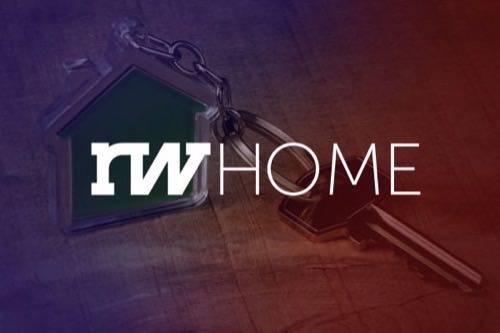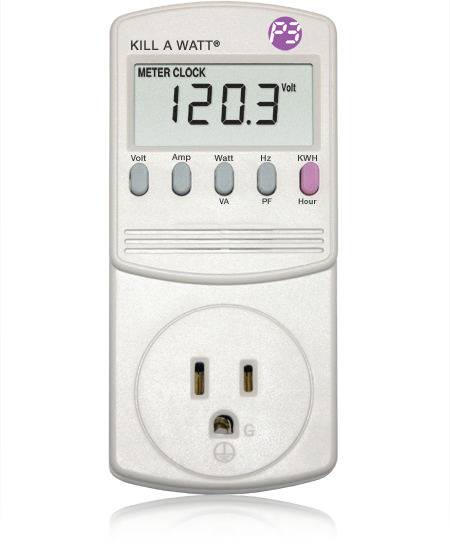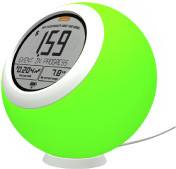
This is a post in the ReadWriteHome series, which explores the implications of living in connected homes.
The ideal connected home can do something that, alas, many of us humans cannot: Turn off the lights behind us when we leave the room.
Mundane tasks such as turning off the TV and making sure we didn’t leave the stove running when we leave the house are the sorts of things that drive a fair bit of consumer desire for the connected home. Some of this is to relieve stress, but there’s also real money to be saved. Trim a few pennies in electricity consumption here and there, and it can add up to real savings when the monthly phone bill comes due.
Who Watches The Watchers?
There is good news and bad news when it comes to energy management in the connected home.
The good news first: There are many tools and devices out there that can give you real-time monitoring and control of energy use in your home. The bad news is, there are so many of these companies out there, it’s hard to get a sense of who’s going to be around for the duration in the Wild-West atmosphere of environmental technology.
It’s not a problem to be ignored. In the course of researching this article, I discovered a number of promising devices and services, only to find later that the vendor had shut down or disappeared following an acquisition by a larger company.
That’s a big problem for energy monitoring devices connected to cloud-based services, since you don’t really want the device maker or the service provider vanishing without notice. So when choosing an energy monitoring tool, it’s a good idea to do a little legwork and see who’s been around a while and will have the endurance to keep going. There are no guarantees—companies get bought and sold all of the time—but continuity is not a bad feature to keep in mind.
Energy-monitoring systems come in three primary classifications: outlet monitors, whole-home monitors and fully integrated home automation systems.
Plug Into Outlet Monitoring
Power monitoring at the outlet level is a pretty straightforward affair: plug the monitor into the wall, then plug whatever electrical device you want to use into the monitor’s outlet.

In North America, one long-standing device in this category is the P3 Kill A Watt, which measures power consumption by the kilowatt-hour, from which you can then figure out the cost of use for the device.
Homeowners in the U.K. or E.U. can get similar monitoring service from the Wattson Classic device, which uses sensor clips to monitor energy usage for outlets.
Watching The Whole House
If you want something a little more comprehensive, there are a number of devices on the market that can monitor power use for an entire house or apartment.

One of the prettier tools in this category is the Ambient Energy Orb, which features a real-time digital display of power use, mounted in a lighted ball that glows green when electricity use and pricing is low, and red when demand and pricing is high, prompting users to start turning off lights (or TVs, or computers).
Canadian vendor Power2Save has a whole line of wireless energy monitors that attach to your home’s circuit breaker panel and deliver comprehensive consumption to North American users. Some of these devices, like the E2, can be monitored with a PC or Mac, or (as with the Home Hub) with an iPhone or Android app.
All-In-One Management
Monitoring is one thing: but fully integrated control systems are something else entirely. With some careful programming, you can manage devices on a hyper-efficient schedule or control them even when you’re away from home.
Insteon has one such home-automation system, if you want to go that route. Though their systems have security and safety monitoring uses, Insteon has a strong focus on managing power and home devices.
Belkin’s WeMo products are not quite as comprehensive in the feature department, but the systems are getting high marks from users for their ease of use.
All of these systems can deliver useful information to the consumer about their energy use. Not included, but still available to some power users: smart meters from the electric company that can handle the task of energy monitoring. Either way, home energy monitoring is coming, hopefully with savings to your wallet.
Lead image courtesy of Shutterstock









